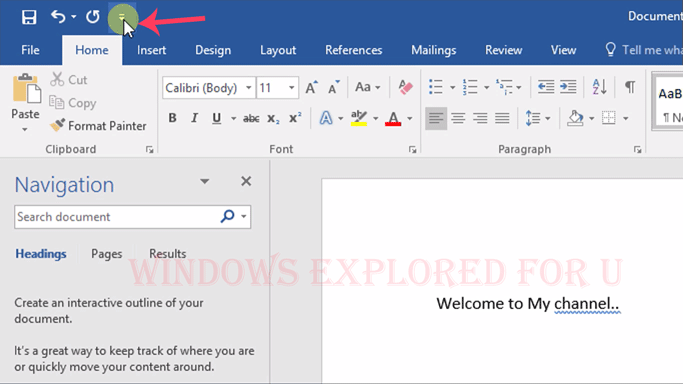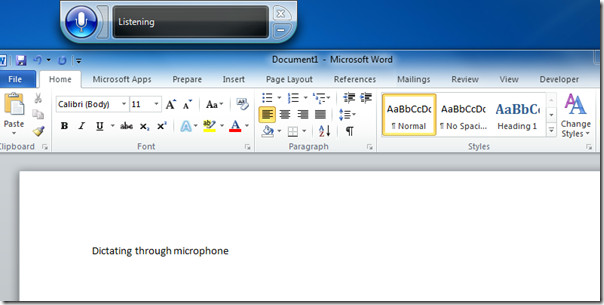


Office 365 has some really cool new features that help with what they call “digital inclusion”.

Due to this, you have seen many Microsoft products really step-up their tools to support people with learning or physical disabilities. Over the years I’ve been lucky enough to be in meetings with the Microsoft CEO, Satya Nadella, and it’s obvious that a passionate topic is accessibility, and he brings it up at almost every meeting. If you have further questions or experience trouble with any part of this process, please contact the Help Desk.More and more of us are using Siri and Google Assistant, but a very small percentage are taking advantage of the office feature that allows you to draft an email by talking. Microsoft offers an involved guide for punctuation, editing, formatting, and other functions that can be done within Dictation here: Just click the arrow below “Dictate” in Word or to the side of “Dictate” in Outlook and select your preferred language from the dropdown list. If you’d like to use a different language, Microsoft offers a number of options. To exit dictation, click the Dictate button again. For instance, “period” or “full stop” will create a.

You can insert punctuation while in Dictate mode by saying the punctuation out loud. Through both menus, you can now access the “Dictate” option. If you don’t see the option, open the dropdown list (indicated by “…”) on the far right of the Message tab when composing an email. To access the “Dictate” option, navigate either to the “Voice” section on the Home tab of Word or the message tab of Outlook. Both programs now feature a “Dictate” button that, when clicked, transcribes anything spoken into written text on the page. Did you know that the most recent versions of Microsoft Word and Outlook offer a voice dictation option? Added in a recent software update, Microsoft Word and Outlook have added a voice dictation option.


 0 kommentar(er)
0 kommentar(er)
